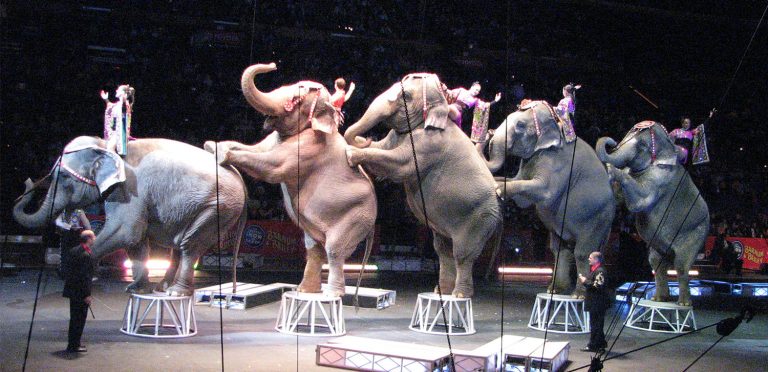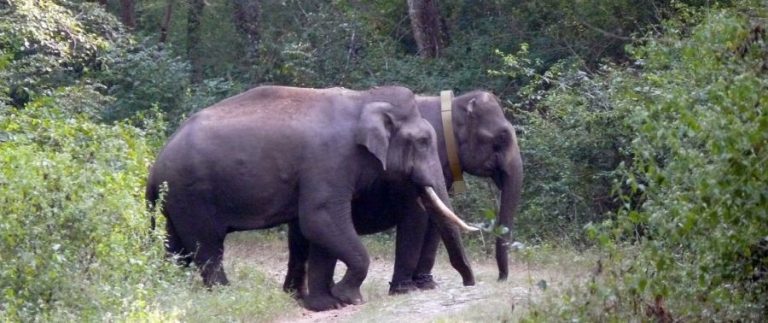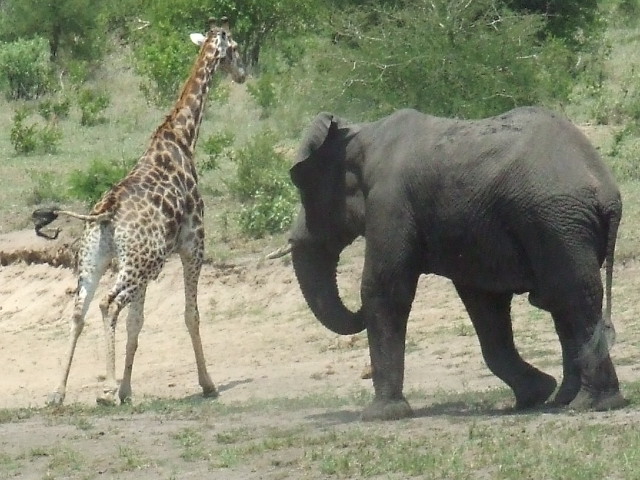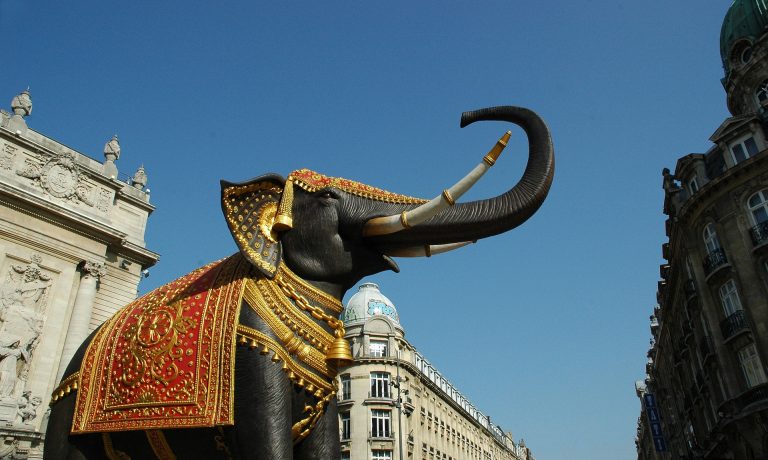How Come Elephants Swim So Well?
Can Elephants Swim? They do and quite well too. Here’s how they are able to achieve that.
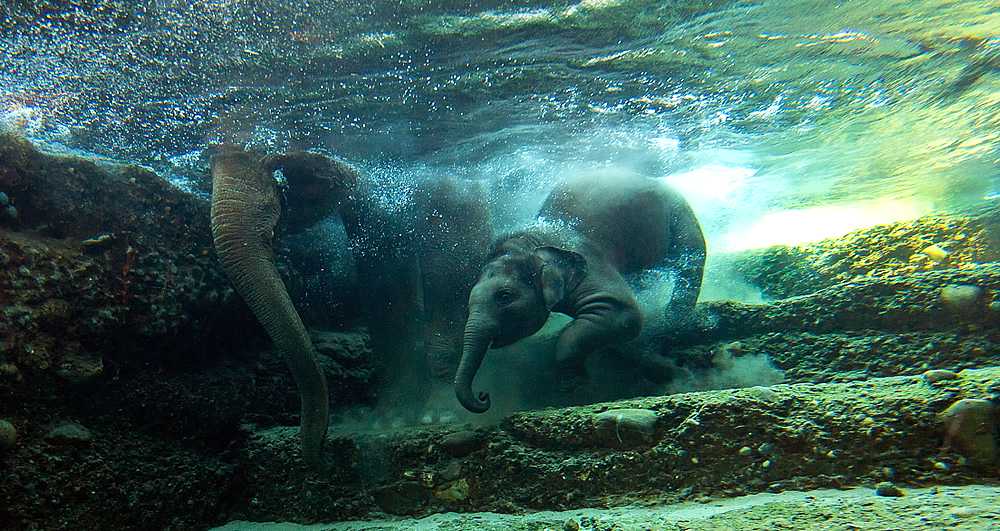
When you think of an elephant, what image comes to mind?
Most likely, a large and lumbering land mammal. Also, you would expect such a large creature to shy away from water since it would sink deep into the waters and drown.
Well, if you thought that, you’re wrong. The fact is, elephants are excellent swimmers and that’s baffling to say the least.
Elephants, like most mammals (except for humans and primates) are naturally born swimmers. Baby elephants though, need to grow 4 to 5 months old before they can hit the waters successfully. An elephant can walk up to 80 miles in a day in search of food and water. For this same reason, it can also swim for miles without exhaustion.
How Elephants Swim
Apparently, it happens that an elephant’s large body mass is of great importance in enhancing buoyancy.
With their head above the water and their mouth below the water, they use their trunk to breath. This enables them to breathe uninterrupted thus enduring a lot of time submerged underwater unlike most other mammals.
To push forward, they use all their four muscular and strong legs to paddle.
Elephants are even long-distance swimmers. There are historic records of a particular African Elephant swimming as far as 48 kilometers on a continuous and grueling 6-hour swim!
Though you would expect an elephant to sink and drown in deep water, surprisingly, this is not the case.
Below is an extract from the Elephant house video uploaded on YouTube by Zoo Zurich.
Why Elephants Love Water
Elephants are believed to have evolved from mammals very similar to the sea cow. To some extent, this might shed light as to why elephants are such great water enthusiasts.
For instance, baby elephants, like most other baby species, are very playful and full of energy. You would spot them in a herd of elephants climbing onto the back of the elder elephants then diving into the water, splashing water as they do so.
They only reemerge moments later to rest and catch their breath before they dive back in. Or, they climb onto an adult’s back for another dive.
On their own part, adult elephants have large body masses which often need a lot of cooling. Especially those in sunny Africa. So, to keep their body temperatures in check, they have developed a strategy of spraying large volumes of water and mud onto their bodies.
Ideally, an elephant would dive to the bottom of the pool, siphon a chunk of mud through their trunks, reemerge and spray the dirt all over their body. Or they could suck water through their trunks and sprinkle their bodies with it.
In actual fact, an elephant’s trunk gives it an edge over other mammals in the water. They use it like a snorkel, so they can swim much longer distances.
Elephant Swimming And Historic Distribution
It appears this swimming ability played a part in the distribution of Asian Elephants across the continent.
For example, scientists believe the Sri Lankan elephants found themselves there through swimming. They are supposed to have originated from the South Indian coast where they swam through the sea to Sri Lanka.
Since there has never been a documentation of an exhausted elephant mid-swim, it’s likely they swam to the shores of Sri Lanka searching for food and water. After people began to capture and domesticate them, they would use them for paid transport services over water. That is, to transport logs, people, and goods, etc.
With the advent of motorboats that has reduced to date, but mahouts still use them in interior parts of India, Malaysia, and Thailand to transport load across water.
So, in conclusion, can elephants swim? Yes they can swim and dive too. And very well indeed.


